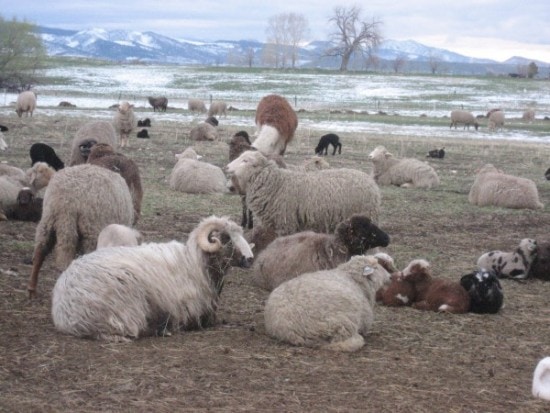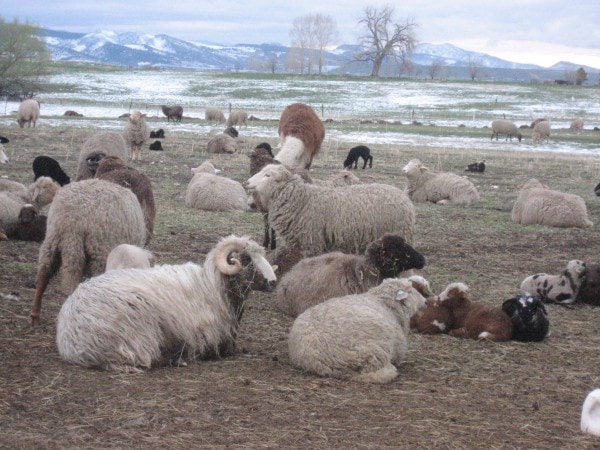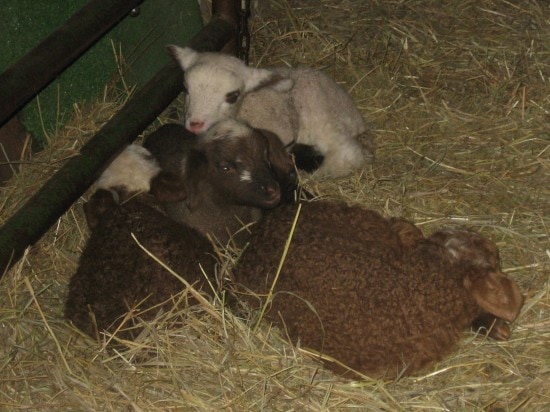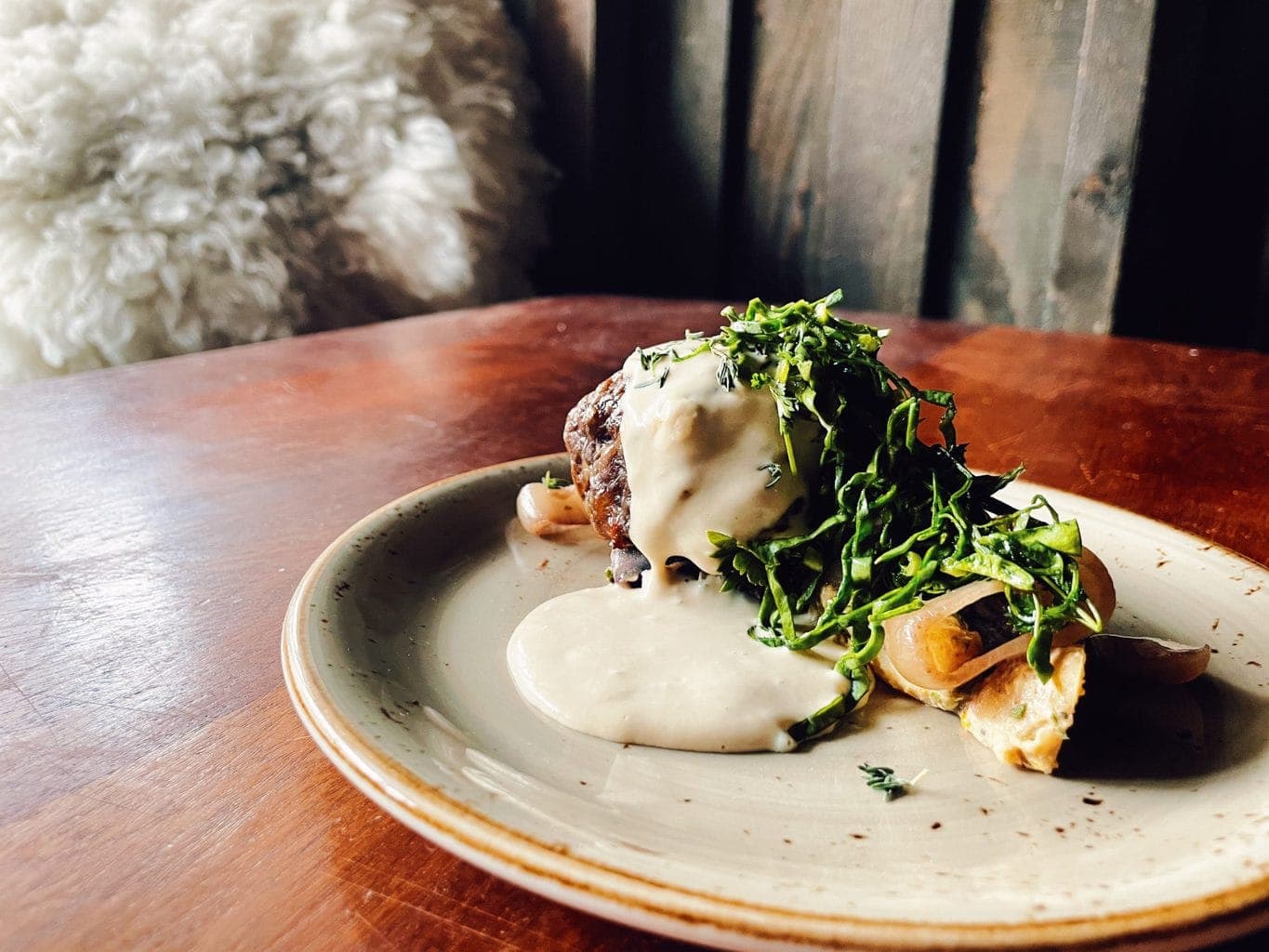

Part of the success of any livestock operation is the number of animals that are born to it every year. This is an instance where more is better.
Much work goes into making sure the genetics of the herd are good so that the new members are healthy and possess the most desirable traits. For the Black Cat Farm sheep, these traits include the instinct of ewes to take care of their young and the tendency to giving birth to more than one lamb at a time. Ewes that are indifferent or hostile to their offspring or are aggressive usually are not bred again.
The rigors of lambing

Sheep farmers breed their rams and ewes so that the lambs will born in the spring, the defacto lambing season. The hope is that the lambs will be born during warm days but sometimes spring weather does not cooperate. In previous years, Black Cat Farm lambs have been born during frigid weather in trailers and other temporary outdoor shelters.
Lambing requires checking in with the herd five times per day to find out if lambs are being born and to assist with births and care for lambs if their mothers do not become attached to them. If there is an attachment problem and the lamb cannot nurse, we move the ewe and her lamb to a small enclosure in the hopes that close proximity will draw them together.
Sometimes, this tactic does not work and the lamb still cannot nurse. It then needs to be bottle-fed every few hours until it can eat grass or hay. In the spirit of it taking a village to raise a child, we have been lucky that a small battalion of our friends and neighbors have been willing to take on bottle-feeding lambs. We are sure that the adorable fuzziness of our lambs has nothing to do with this generosity.
Between lambing and working on the farm and restaurants, Eric and Jill were continually sleep-deprived during lambing season. During a snowstorm this spring, Eric and Jill worked at Black Cat Bistro until 11pm and then went to the barn to check on the sheep. Since there were some lambs being born, they couldn’t go home until 3am. Then, it was back to work in the early morning.
When the birthing enclosures were outdoors, Jill, our livestock manager at that time, Trisha, and the lambs and pregnant ewes had to endure more cold nights than we liked . Courtesy of the city of Boulder open space, we now use a barn for lambing, sheltering sheep, and storing hay. Much better.
This year’s results
Black Cat Farm’s lambing season this year was an excellent one. We nearly doubled last year’s total of 55 lambs. After two months of lambing and little sleep, Eric and Jill estimate that there were 100 lambs born this year.
Following is a link to a short video that Eric made, documenting the first steps of twin lambs. It includes a little commentary by Eric near the end. https://www.youtube.com/watch?v=OoSvrynYDn4
